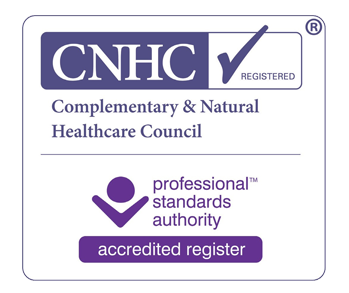Vitamin D Deficiency Raises Cancer Risk and Overall Mortality
Vitamin D Deficiency Raises Cancer Risk and Overall Mortality.
Little Sunshine Mistakes that Can Give You Cancer Instead of Vitamin D
By Dr. Mercola
Unfortunately, due to decades of professional and media misinformation, the typical American believes they should avoid the midday sun and need to use sunscreen before, and several times during, sun exposure.
Unfortunately, this is a prescription for minimizing vitamin D levels and all its widely appreciated benefits.
The purpose of this article is to provide you with some practical guidelines on how to use natural sun exposure to optimize your vitamin D benefits.
Your Initial Exposure
The first few days, you should limit your exposure to the sun to allow your body’s melanocyte cells to rev up the ability to produce protective pigmentation that not only gives you a tan, but also serves to help protect you against overexposure to the sun.
If you are a fairly light skinned individual that tends to burn, you will want to limit your initial exposure to a few minutes, especially if it is in the middle of summer.
The more tanned your skin will get, and/or the more tanned you want to become, the longer you can stay in the sun. If it is early or late in the season and/or you are a dark skinned individual, you could likely safely have 30 minutes on your initial exposure. If you are deeply pigmented and your immediate ancestors are from Africa, India or the Middle East, it is possible you may not even have to worry about the timing of your exposure.
Always err on the side of caution however, and let it be your primary goal to never get sun burned.
You can use a moisturizing, safe, NON-SPF cream to moisturize your skin, or use something as simple as organic coconut oil to moisturize your skin as this will also benefit you metabolically. Remember if the moisturizer you use has an SPF value, it will block UVB rays and will not allow your body to produce any vitamin D. The rest of the day, you can spend in the shade, wear clothes, and, if you still want to be in the open sun, use a non-toxic lotion with SPF15 for uncovered skin. Just be sure to be on the safe side of burning!
Protect Your Face and Eyes
The skin around your eyes and your face is typically much thinner than other areas on your body and is a relatively small surface area so will not contribute much to vitamin D production. It is strongly recommended to protect this fragile area of your body as is at a much higher risk for cosmetic photo damage and premature wrinkling. You can use a safe sun block in this area or wear a cap that always keeps your eyes in the shade like I do when I am outside seeking to increase my vitamin D levels.
Prepare Your Skin and Keep Your Vitamin-D Supply Constant
Before you travel, prepare your skin by having sessions (1-2 times per week) in a solarium with low-pressure UV-lamps that has a reasonable percentage UVB. This will also protect you against vitamin D deficit between your vacations. The time for each session depends on how strong the tubes in the solarium are. In countries that follow the EU-norm you probably will need 15-20 minutes, while in less regulated countries, 5-10 minutes might be enough. The operator of the tanning place should be able to advice you.
How Do You Know if You Are Getting Enough Vitamin D?
The key point to understand is that sunlight is composed of about 1500 wavelengths, but the only wavelength that will have your body make vitamin D are UVB-rays when they shine on unexposed skin. The key is that the UVB-rays from the sun actually have to pass through the atmosphere and reach where you are on the earth. This obviously does not occur in the winter for most of us, but the sun’s rays are also impeded during a fair amount of the year for people living in temperate climates.
So how do you know if you have entered into the summer season and into the time of year, for your location, where enough UVB is actually able to penetrate the atmosphere to allow for vitamin D production in your skin?
It should be noted that this represents a very small portion of the total radiation from the sun that reaches the earth’s surface. Much is filtered out by our atmosphere. So due to the physics and wavelength of UVB rays it will only penetrate the atmosphere when the sun is above an angle of about 50° from the horizon. When the sun is lower than 50°, the ozone layer reflects the UVB-rays but let through the longer UVA-rays





Leave a Reply
Want to join the discussion?Feel free to contribute!